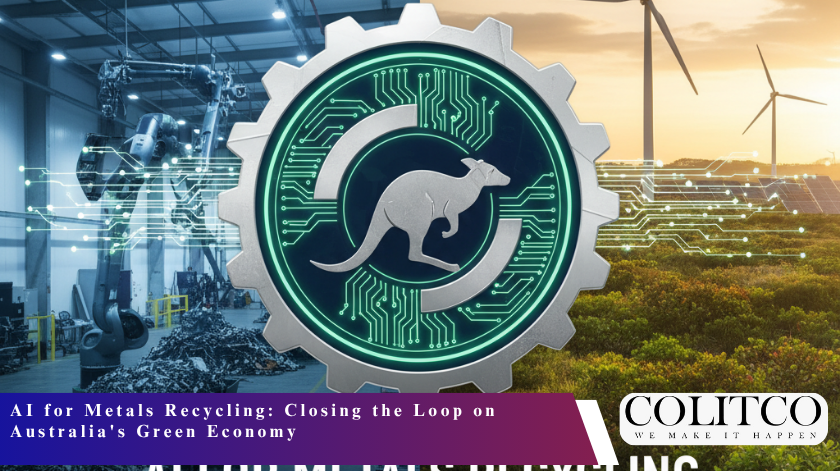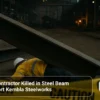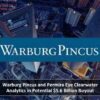Australia is flooded with a glut of metals — from copper and steel to clean-tech battery metals that will fuel the future’s energy technologies. Recycling them into usable material that can be recycled, affordably and reliably, is now both a national and business imperative. New sensing technology and machine learning-sorting technology are closing the loop: they increase the levels of recovery, improve purity, and lower processing cost — and that matters to business, to employment, and to the nation’s carbon ambitions.
The technology is deployed at scale. World leaders in sorting have installed deep-learning machines to sort and identify metal types and metal alloys on high-speed belts, increasing recovery and purity beyond mechanical technology limits. The machines redefine recycling economics by making the material more reusable and by reducing contamination in streams of recovered material to an absolute minimum. (TOMRA)
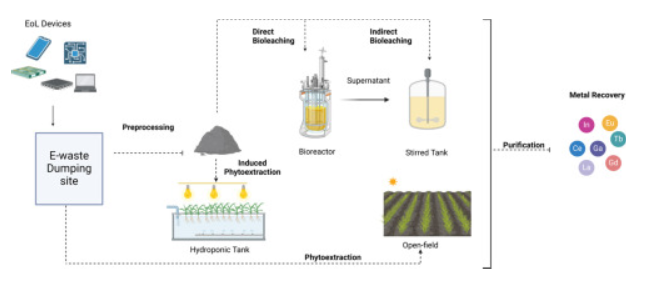
Smart sorting tech boosts metal recovery, powering Australia’s cleaner recycling loop. (Image Source)
Why This Matters Now
Australian governments and research institutions have put the circular economy on the agenda. Building local recycling and recovery capacity reduces import reliance, creates manufacturing jobs, and helps achieve climate objectives by keeping metals in productive loops rather than landfill or offshore recycling. National frameworks and research roadmaps are calling for more circularity and particular targets for recycling and reuse. (dcceew.gov.au)
Concurrently, signals are changing in the market. Industrial companies and bulk recycling are constructing new automated plants and renovating older plants to sort complex waste streams — mixed scrap metal and e-waste, for example — closer to the point of use. That enables Australia to add value domestically, rather than shipping low-grade scrap overseas. New plants in states like Tasmania demonstrate that investment on the ground is occurring. (Herald Sun)
How AI Reinforces The Sort Line
Visual high-speed identification. Cameras and spectral scanners feed images and reflectance profiles into trained networks that recognize metal type, alloy stamps, and surface coatings in milliseconds. That enables precision air blasts, eddy-current ejectors, or robotic pick-and-place. (TOMRA)
material fingerprinting. Employing vision in conjunction with sensor information (near-infrared, XRF, etc.) to enable the system to recognize lookalike materials, reduce contamination, and upgrade the grade of recovered metal. (TOMRA)
Job learning is adaptive. Retrain models on new samples, so a plant previously having difficulty with coated aluminium trays can learn to sort them away from food cans with less error. (TOMRA)
Process optimization. Bottlenecks to throughput are identified by AI algorithms, and conveyor rates, sieve aperture, and position of manual-pick stations are recommended for optimization of yield and minimizing labor. (TOMRA)
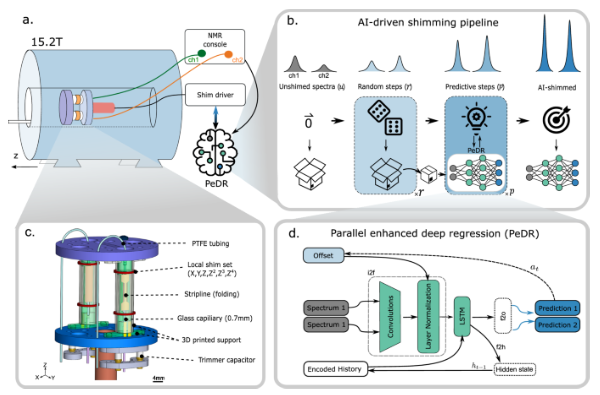
AI sharpens sorting with fast ID, fingerprinting, adaptive learning, and optimisation. (Image Source: Nature)
Real-world Benefits: Money, Emissions, And Supply Security
As recovery efficiencies rise by a few percent in tens of thousands of tonnes, the budgetary impact takes off. Pure flows of recycled aluminium, copper, and battery metals are sold at premium prices and require less dependency on energy-guzzling primary production. Sharpening the virgin metal ratio needed cuts embodied emissions down supply chains — a net killer of net-zero plans.
Not hypothetical. Large-scale recycling businesses with operations right across Australia and the region already place recycling at the forefront of business models and sustainability strategies, and investors notice; recycling businesses earn a place on ASX sustainability lists and cleantech reporting. Establishing local recycling capacity also shields local supply chains — the backbone of critical and battery metals — from international shock. (AInvest)
A Human Story: Workers, Towns, And The Benefits Of Local Processing
Think of a regional mill that once exported blended scrap out of the region. With a new line powered by AI, it now recovers higher percentages of its salable aluminum and copper, reducing shipping expenses and crafting niche careers for technicians, sensor experts, and logistics planners. Governments in the region benefit from increased recycling, businesses receive cleaner feedstock, and producers gain more material locally.
That local value-add creates a virtuous cycle in which recycling profit capital pays for more investment and skills acquisition — not one-off infrastructural spending. The very fact that Australia used so much last year on facilities is proof that that cycle is already in progress. (Herald Sun)
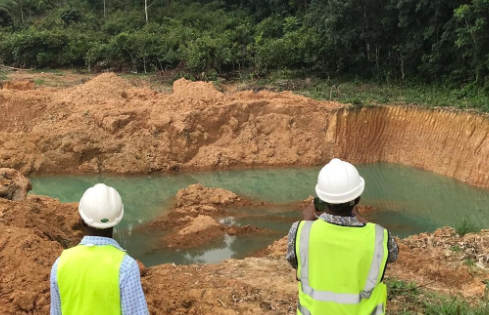
AI sharpens sorting with fast ID, fingerprinting, adaptive learning, and optimisation. (Image Source: Advocates for Community Alternatives)
What’s Holding Australia Back — And How Technology Helps
Degraded collection and poor circularity. Poor circularity is a chronic aspect of the Australian situation, and inconsistent collection systems make feedstock quality uncertain. Poor input quality can be smoothed out with intelligent sorting, but long-term improvement relies on supply chain policy reform and standardized collection. Government policy and CSIRO modeling demand indicators, targets, and collaborative action to raise the nation’s circularity rate. (CSIRO Research)
Skills and scale. There are not enough experienced operators to be familiar with recycling and data science. Industry/research organisation collaboration and specialist training programs must make up for this shortfall — and some companies already work with research institutes to trial new systems. (CSIRO)
Capital intensity. Installing new sort lines is costly. But investors see the business payoff: higher recovery rates, lower penalty for contamination, and a permit to get to premium material markets. Consolidation and new listings on ASX with sustainable infrastructure signal capital flowing into the industry. (The Australian)
Who’s Ruling The Tech — And What Aussie Movers To Watch
Global technology suppliers such as TOMRA offer turnkey sorting lines that include sensors, software, and service combined; their deep-learning technology is also in use at recycling plants to boost aluminium and other metal recovery. Australian operators will typically include such systems in in-house premises or with foreign suppliers retrofitting lines.
On the business side, established recyclers such as Sims Limited have businesses in Australia and overseas and are leaders in growing larger-scale contemporary recycling practices; their expertise in electronics and metal salvage represents a standard of national competence. New entrants and vertically integrated sets of infrastructure that integrate recycling with energy or processing firms are appearing, representing shifting shift towards vertically integrated circular service. (AInvest)
Policy Levers To Drive Adoption
- Standardise collection and labelling. Clarity upstream reduces contamination and maximises autonomous sorting.
- Incentivise local processing. Grants, low-interest loans, or procurement policies that incentivise recycled content drive investment in the local plant.
- Facilitate skills and R&D collaborations. Collaborative project funding by recyclers and research institutions (e.g., CSIRO) improves time from laboratory prototype to factory floor.
Risks And Guardrails
Technology isn’t the silver bullet. Relying on foreign-made sensor systems sends value overseas unless capacity within the country is built. Industrial security and data protection must be considered when manufacturing plants pass operational data to third-party cloud services. Finally, we must make transitions for employees fair — automation must improve productivity and provide high-skilled jobs, not merely displace workers without the creation of retraining programs.
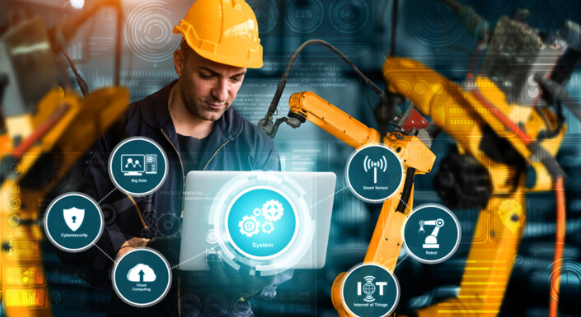
AI isn’t a cure-all. Local capacity, data security, and fair worker transitions are essential. (Image Source: dotmagazine)
Frequently Asked Questions
Q: How superior is AI sorting compared to legacy technology?
A: Configuration and feedstock dependent, but deep-learning image sorting has actually improved recovery and purity for aluminum and mixed metal streams over earlier sensor-based machines, particularly on tough or dirty feeds. Vendor application studies indicate astronomical increases in recoverable metal and grade. (TOMRA)
Q: Which metals are most improved with AI sorting?
A: Copper and aluminium are the most direct beneficiaries because they’re found in packaging and e-waste; battery metals (cobalt, lithium) are important where battery recycling takes place, but with additional chemical processing following sorting. (TOMRA)
Q: Will AI raise the cost of recycling?
A: Higher initial capital cost with more advanced sensors and automation, but lower cost of operation with higher yields, less manual sorting, and lower fines for taint. In the long term, technology increases margins and reduces lifecycle emissions — often enough to cover costs. (TOMRA)
Q: Is it possible for Australia to meet critical minerals requirements from recycling only?
A: Recycling also has a significant role in the provision of domestically produced material and reducing the reliance on imports, particularly for certain metals and industries (e.g., electronics and batteries). Recycling does support — but not replace — first-time manufacturing for the majority of products. It needs regulation and finance to take recycling to where it can be most beneficial. (Chief Scientist)
Q: What are the key roles for research institutes and regulators in enabling the shift?
A: Government policy, national circular economy plans, and research institutions (specifically CSIRO) provide roadmaps, modeling, and pilots that allow industry to commercialise successful, standardised recycling networks. These activities serve to drive Australia’s national circularity and develop transparent measures of progress.
Conclusion
Australia has the raw materials and policy drive to develop a low-carbon, resilient metals value chain — but it needs the right blend of technology, standards, and investment. Machine learning and sensor fusion do not replace policy or people; they complement them. Where government, researchers, and industry work together, scrap is converted into strategic home-country feedstock through local processing and high-tech sorting lines — jobs are created, emissions are cut, and the metal value chain is kept at home.

